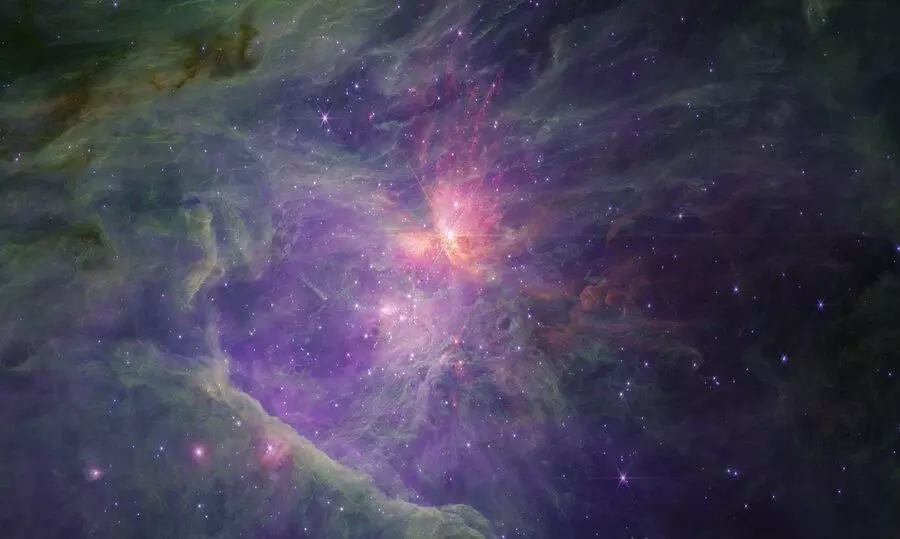
James Webb Telescope finds mysterious Jupiter-sized objects floating in space, puzzling astronomers
text_fieldsThe James Webb Space Telescope (JWST), renowned as the most potent telescope ever created, has found Jupiter-sized objects freely drifting in space, detached from any celestial parent star.
These mysterious entities have been informally named "Jupiter Mass Binary Objects" or "JuMBOs."
During a survey of the Orion Nebula, the JWST identified approximately 40 pairs of these celestial anomalies.
What baffles astronomers is that these objects are too diminutive to be classified as stars. They defy the conventional definition of planets, as they do not orbit around any central star. Currently, the scientific community remains puzzled, struggling to elucidate their origin and characteristics.
The European Space Agency (ESA) has proposed two plausible explanations for the origin of these massive, free-floating objects. First, they may have developed in regions within the nebula where material density was insufficient to give rise to fully-fledged stars. Second, these objects could be planets that initially formed within stellar systems but were subsequently expelled due to gravitational interactions.
The favoured hypothesis among scientists is the ejection theory, which suggests that these JuMBOs were expelled from star systems. However, it raises questions about how pairs of these objects were simultaneously expelled. Currently, astronomers await theoretical insights to resolve this mystery.
Dr. Ed Bloomer, an astronomer at the Royal Observatory Greenwich, emphasised the significance of this discovery.
He mentioned that the Orion Nebula, where these mysterious entities were observed, is a "stellar nursery" known for hosting numerous nascent planetary systems. This revelation implies that existing models and explanations for planetary formation and evolution may require revision, signifying the potential discovery of an entirely new celestial phenomenon.
The James Webb Space Telescope, launched in 2021 and operational since 2022, has significantly expanded our understanding of the early universe and delivered breathtaking images of the cosmos.
Among its numerous achievements, Webb has unveiled the existence of the earliest-known galaxies, provided insights into black holes, and produced an array of unprecedented data. This telescope surpasses the Hubble telescope's capabilities by a factor of 100, making it an invaluable asset in advancing our comprehension of the universe's mysteries.






